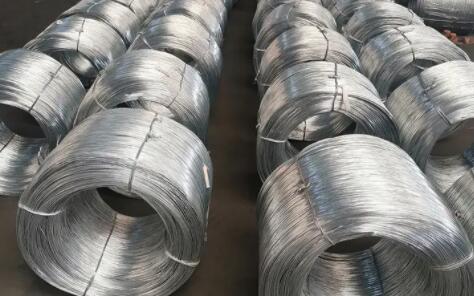The Evolution and Importance of Iron Wire Nails
Iron wire nails have played a pivotal role in the history of construction and craftsmanship. These seemingly simple fasteners have evolved dramatically over the centuries, transitioning from rudimentary designs to precision-engineered products that are essential in various applications today. This article explores the origins, development, applications, and significance of iron wire nails in modern construction.
Historical Background
The history of nails stretches back thousands of years. The first recorded use of nails can be traced to ancient Egypt, where craftsmen would hammer metal strips into the desired shape. However, the true innovation came with the advent of wire nails in the 19th century. Before this, nails were typically made from individual pieces of iron that were cut to size, resulting in a labor-intensive process that limited their availability and accessibility.
With the industrial revolution, the production of iron wire became more efficient. The ability to draw iron into wire allowed for the mass production of nails and reduced costs significantly. The introduction of machines capable of creating wire nails revolutionized construction practices, enabling builders to use these fasteners in various applications, from furniture making to heavy-duty construction.
The Manufacturing Process
The production of iron wire nails typically involves several stages. Initially, iron is processed into wire, which is then cut and shaped into nails. The nails can be produced in various sizes and specifications, depending on their intended use. Advances in metallurgy have also led to the development of different types of iron nails, including galvanized and stainless steel variants, which provide enhanced corrosion resistance and durability.
Galvanization, in particular, involves coating the iron nail with a layer of zinc to prevent rusting. This process extends the life of nails significantly, making them suitable for outdoor construction and other moisture-prone areas. As a result, galvanized iron wire nails have become a standard choice for roofing, decking, and other exterior applications.
Applications
iron wire nail

Iron wire nails are used across numerous sectors, reflecting their versatility. In residential construction, they are integral to framing, roofing, and siding. Their strength and reliability make them ideal for securing beams, joists, and trusses, thus contributing to the overall integrity of a structure.
In woodworking, iron wire nails are commonly used for assembling furniture, cabinetry, and decorative items. The aesthetic appeal of these nails is often favored in craftsmanship, as their heads can be readily concealed or left exposed for decorative effect.
Moreover, industries such as shipping, manufacturing, and agriculture also rely heavily on iron wire nails for various fastening needs. Their use in pallet manufacturing, crates, and agricultural equipment highlights the essential role of these fasteners in supporting the economy.
The Environmental Impact and Future Trends
As sustainability becomes a focal point in construction and manufacturing, the iron wire nail industry is also evolving. Manufacturers are increasingly prioritizing environmentally friendly practices, such as recycling scrap metal and reducing waste during production. These efforts not only minimize environmental impact but also align with a growing consumer demand for eco-friendly products.
Future trends suggest that innovation will continue to play a crucial role in the evolution of iron wire nails. Smart technology, such as sensors embedded in construction materials, could potentially monitor the integrity and longevity of fasteners, including nails, leading to safer and more efficient buildings.
Conclusion
In conclusion, iron wire nails are more than just simple fasteners; they are a testament to human ingenuity and the advancement of construction technology. From their humble beginnings in ancient civilizations to their critical role in modern-day building practices, these nails symbolize a blend of tradition and innovation. As the construction industry moves towards sustainability and efficiency, the importance of iron wire nails will undoubtedly continue to grow, ensuring their place as an essential element in the framework of construction. Whether used in the construction of homes, furniture, or industrial applications, iron wire nails remain a fundamental component that supports and strengthens our built environment.

















